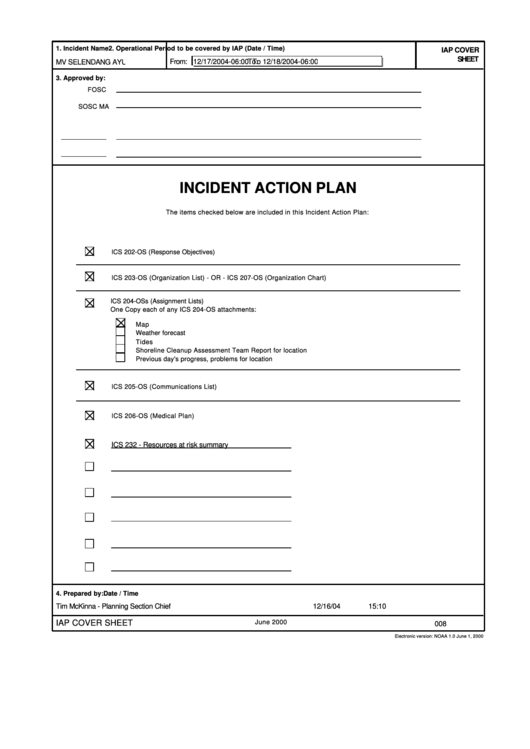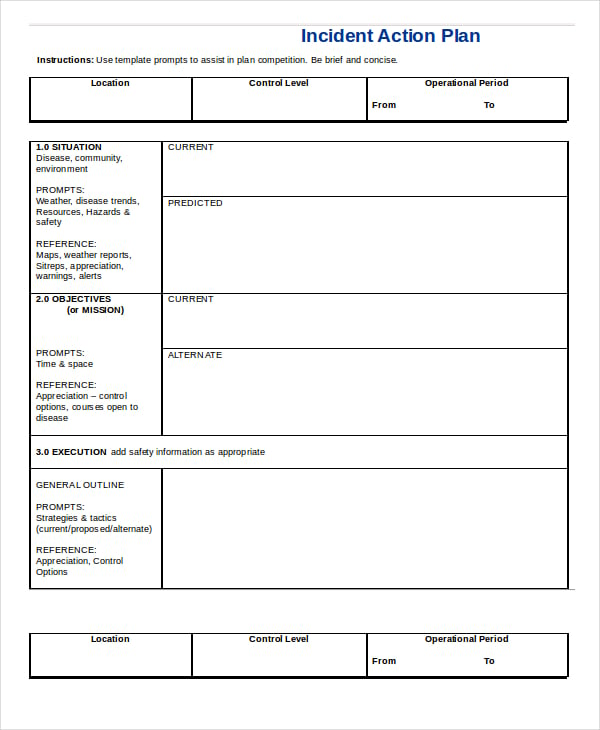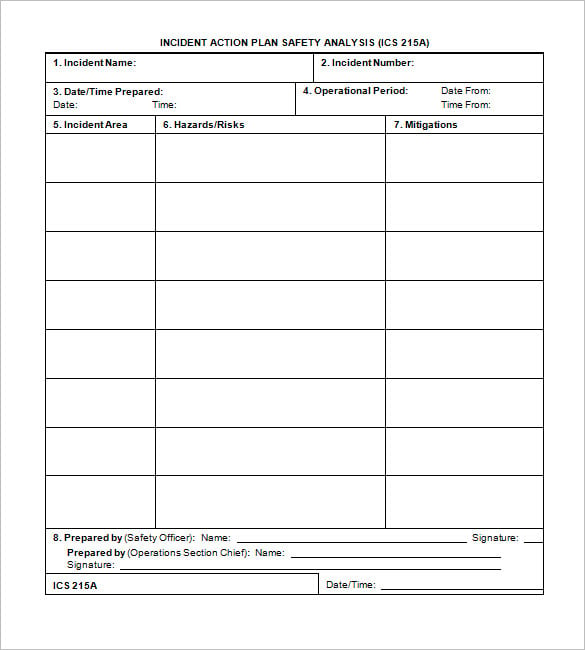

Tactics are the details of how to achieve an objective using a strategy. Tactics are normally established to be conducted within a specific operational period and will include the resources that will be employed. In our tanker example, some tactics to achieve the strategies we’ve identified could include: set up roadblocks on all access roads leading to the crash site using security personnel, establish roving patrols with police around a 100m perimeter, Ops Chief to contact the transport company and get a copy of the MSDS for the tanker contents, etc. Pick the Tactics: “Who, When and Where are we going to do it?” The strategies outline how you will accomplish the objectives and are more detailed than the Objectives. They describe the general method or methods that are used, and which will result in achieving the objective. Strategies are not time-specific. In the crashed tanker example above, where we have identified and objective to make sure people are safe, some of the strategies could be: establish a perimeter, prevent unauthorized traffic on the roadway, or determine the specific contents of the tanker and its attributes. It’s a good idea to have at least two strategies for each objective they can be used in combination or it may be useful for you to have a Plan B in case Plan A isn’t as successful as you’d hoped. Decide the Strategies: “How do we want to do it?” Remember that objectives should be SMART: Specific, Measurable, Achievable, Relevant, and Time-Bounded. The objectives are intended to describe the solution to the objective. A good way to craft the objectives is to take the problem and “flip it over”. Is there a fire? Put it out. Sometimes the immediate “flip” is impractical, and you will need to choose another objective. A tanker has crashed and is leaking toxic chemicals. Stop the crash? Too late. Then the flip may be “Make sure people are safe.” That is more achievable. Create the Objectives: “What do We Want to Do?” Some problems will be obvious. After you have captured those, you can use the BC EMS Response Goals (or equivalent), to not only prioritize the problems you have identified but to identify problems you may have missed (are there any risks to first responders, other lives, health hazards, etc).



One of the first things they teach us in ICS is we need to put together an Incident Action Plan, which should consist of objectives, strategies and tactics that are appropriate to the incident. The question remains: what is the best way to identify these objectives, strategies, and tactics? Here are a couple of hints to get you going.įirst off, it is important to go through the process. People often want to jump right to tactics and resources without understanding the objectives and strategies. The “What” is vital, to be sure, but understanding the “Why” makes your response much more effective. If the situation changes on the fly or there is a problem with communications on-site, understanding that “Why” will make it easier for your team to adapt and continue to solve the problem.


 0 kommentar(er)
0 kommentar(er)
